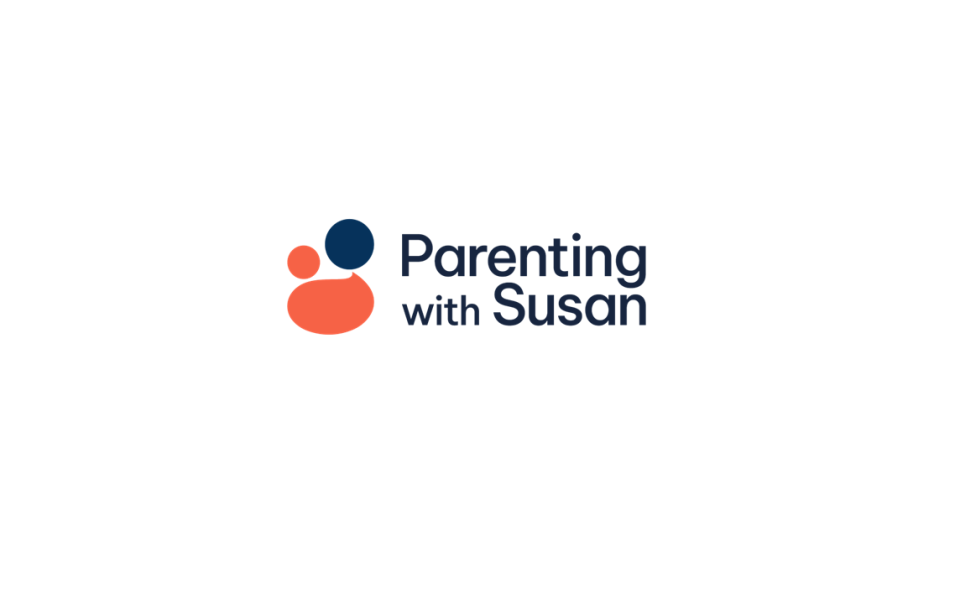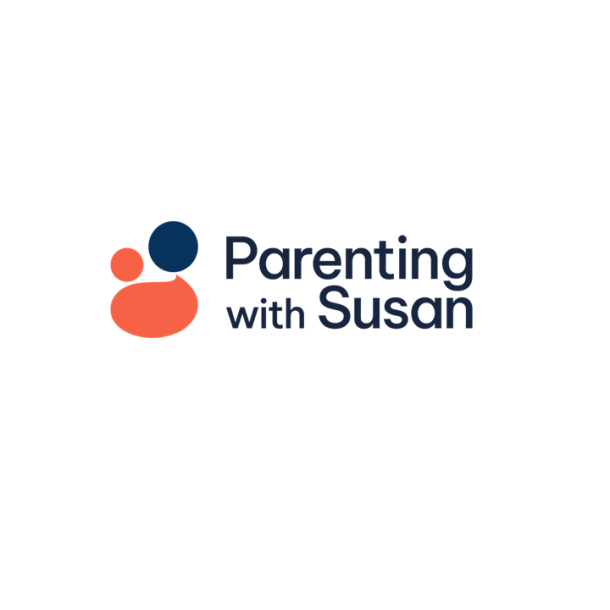
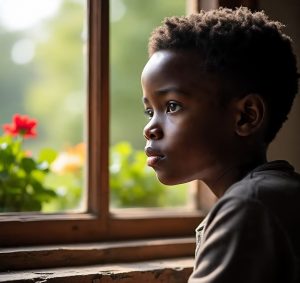
Depression isn’t just an adult issue; it can start quietly, at any age.
Yet, when it appears in children or teenagers, it often goes unnoticed because it rarely looks like the sadness we expect.
As Susan Tayo explains in Let’s Talk,
“A child’s silence may not mean they have nothing to say. It may mean they don’t have the words, or the safety, to say it.”
Children experience emotions intensely, but their ability to express those emotions lags behind what they feel. When a child withdraws, stops playing, becomes irritable, or shows changes in appetite and sleep, these can all be signs that something deeper is happening inside.
How Depression Shows Up Across Ages
Ages 6–10: At this stage, depression may appear as irritability, frequent stomach aches, or an unusual reluctance to go to school. Kids might say, “My friends don’t like me,” or “Nobody cares.” They’re trying to voice emotional pain through the only language they know: behavior.
Ages 11–14: For preteens and early teens, depression can look like mood swings, sensitivity to rejection, or feeling “empty.” They might retreat to their rooms more often or lash out over small things. This is the age where identity confusion and peer pressure amplify everything.
Ages 15–18: Teens here often hide behind performance; good grades, a busy schedule, or social media smiles. But inside, they may be battling hopelessness or loss of motivation. The risk of self-isolation and negative coping mechanisms (like substance use or reckless behavior) increases if their pain isn’t met with calm support.
What Parents Can Do
1. Listen before correcting. Don’t rush to fix or advise. Simply say, “That sounds hard,” or “I’m here when you want to talk.” That alone communicates safety.
2. Validate their feelings. You don’t have to agree to understand. Acknowledging their experience teaches emotional intelligence.
3. Watch for changes, not just moods. Depression isn’t constant sadness; it’s often a loss of interest, energy, or connection.
4. Seek professional help early. A counselor, pediatrician, or therapist can help identify the best next steps. Early intervention makes a difference.

Why the Way We Talk Matters
Many parents freeze when their child’s emotions overwhelm them. They worry about saying the wrong thing, so they say nothing at all. But silence can deepen the gap.
That’s why Susan created the Sexual Education & Parenting Course; to help parents communicate confidently about life, emotions, and growing up across all ages.
It’s not just about “the talk.” It’s about building language bridges that make your child feel seen, heard, and safe; whether you’re addressing sadness, boundaries, or self-image.
Explore the Courses
The courses are designed to meet your child exactly where they are:
– Ages 2–5: Early understanding of body, safety, and emotions
– Ages 6–8: Friendship, curiosity, and self-worth
– Ages 9–12: Puberty, self-image, and confidence
– Ages 13–18: Relationships, identity, and emotional resilience
And, there’s the separate Parent Guide Course also coming soon, specially made to help you walk through each stage with clarity, calm, and confidence.
🕊️ Anticipate its release; it’s the resource that will make every difficult conversation a little lighter.
Recommended Reads:
- Let’s Talk by Susan Tayo — Learn how to rebuild open conversations.
- It’s Gone All Wrong: Is It Too Late? Volumes I – III by Susan Tayo — Understand the roots of difficult behaviors and how to guide your child through them.
- My Parenting Manual by Susan Tayo — Your guide to all things parenting.
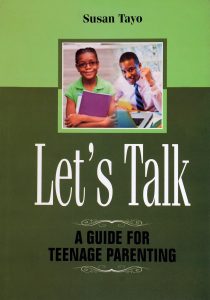

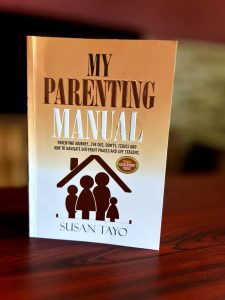
When you’re ready for the next step; words, age-appropriate scripts, and lesson-by-lesson roadmaps; click to explore the courses that makes the right presence stick.
[Explore the courses; for ages: 2-5, 6-8, 9-12, 13-18 & The Parent’s Version]
All books are now available in paperback, hardback, and ebook.
Order via Amazon, Selar, or request Lagos doorstep delivery.

